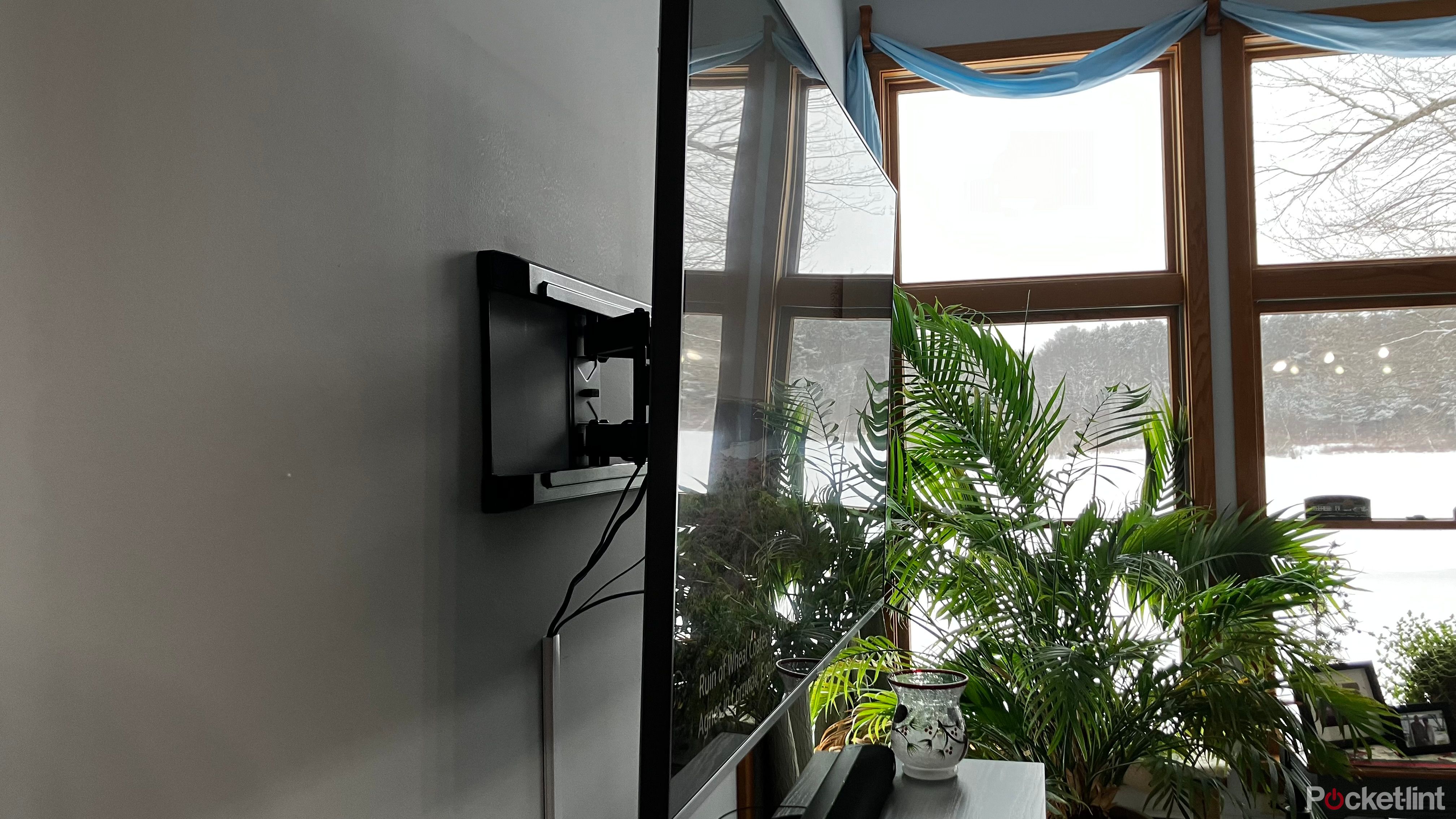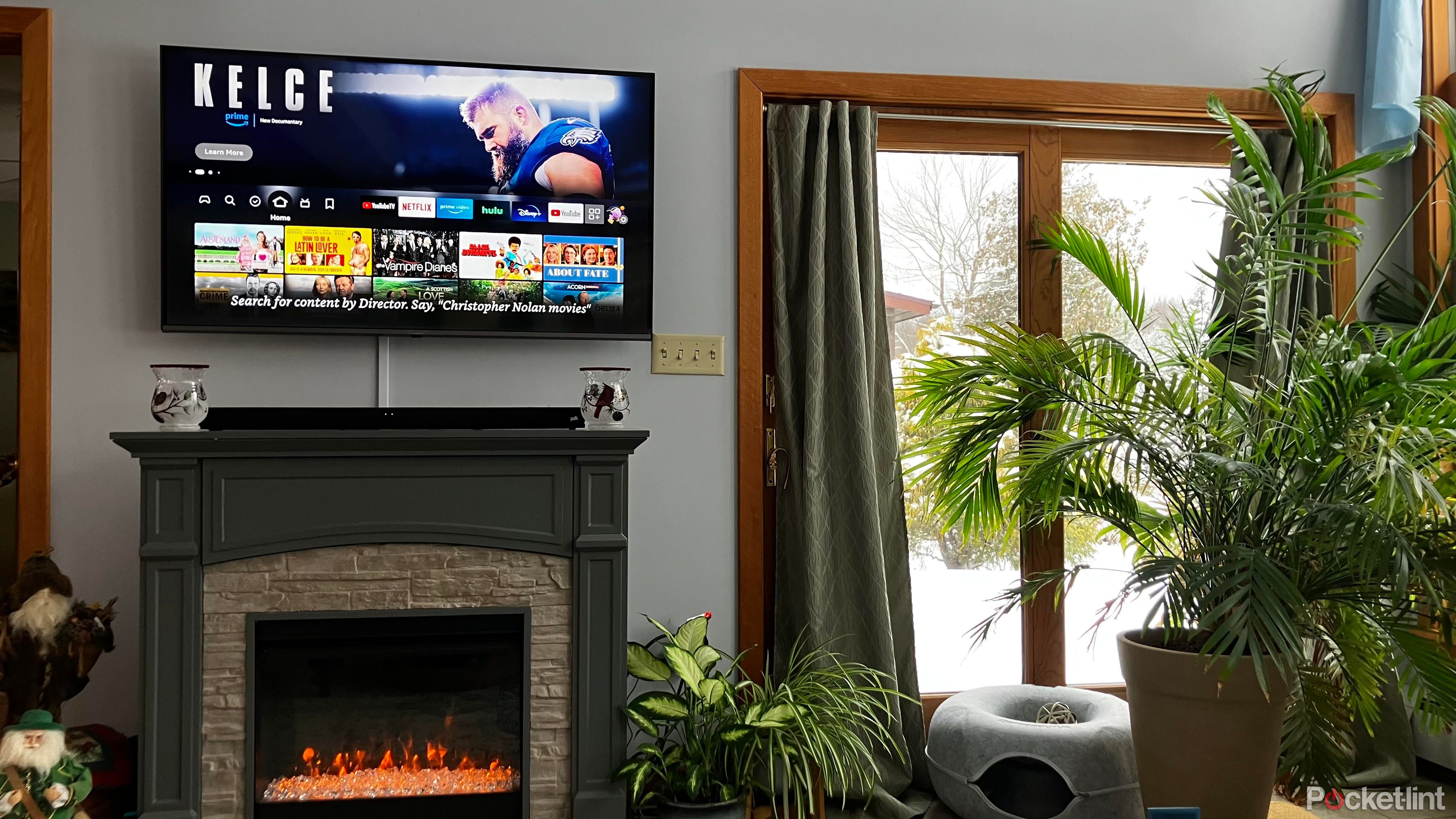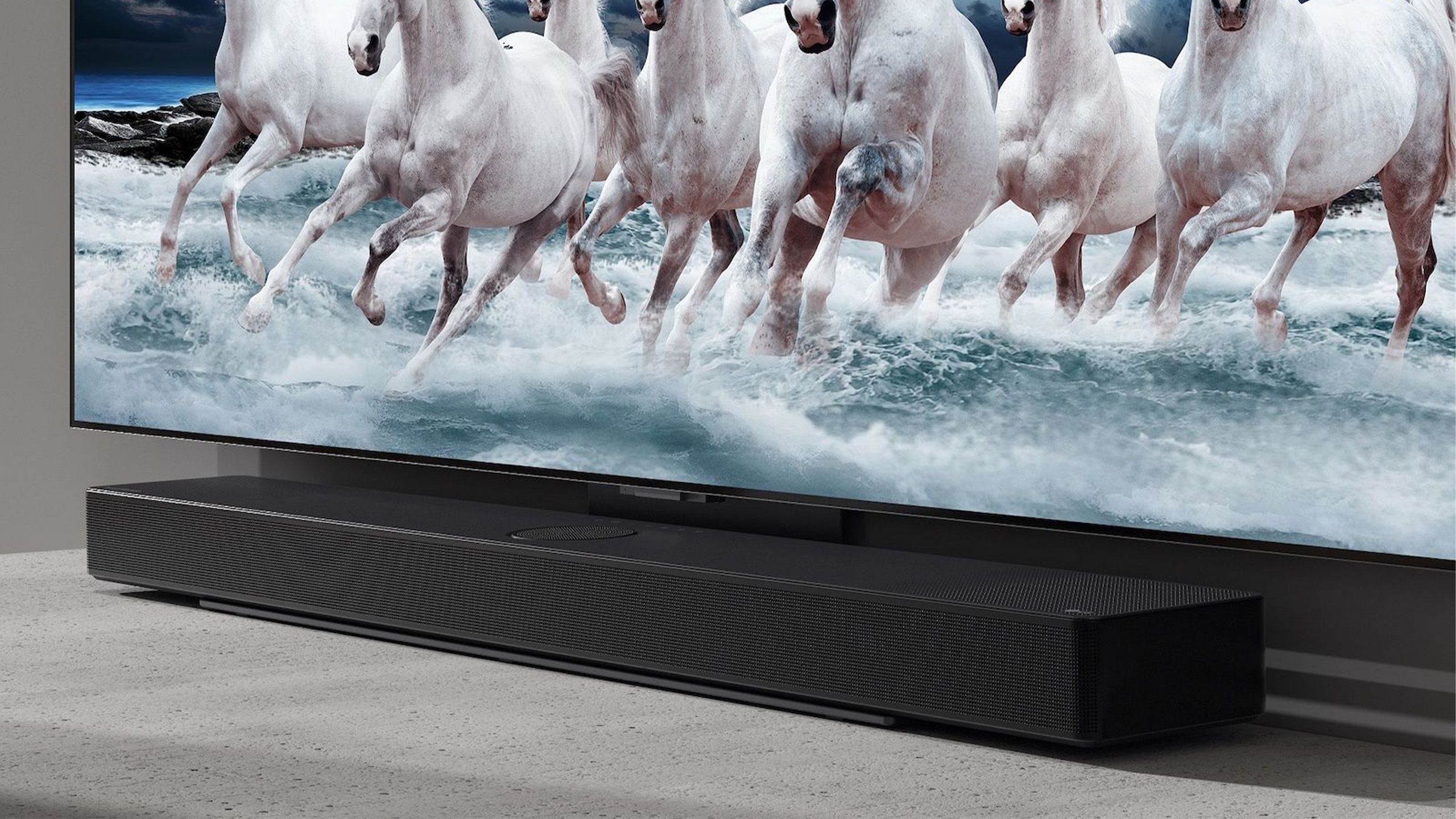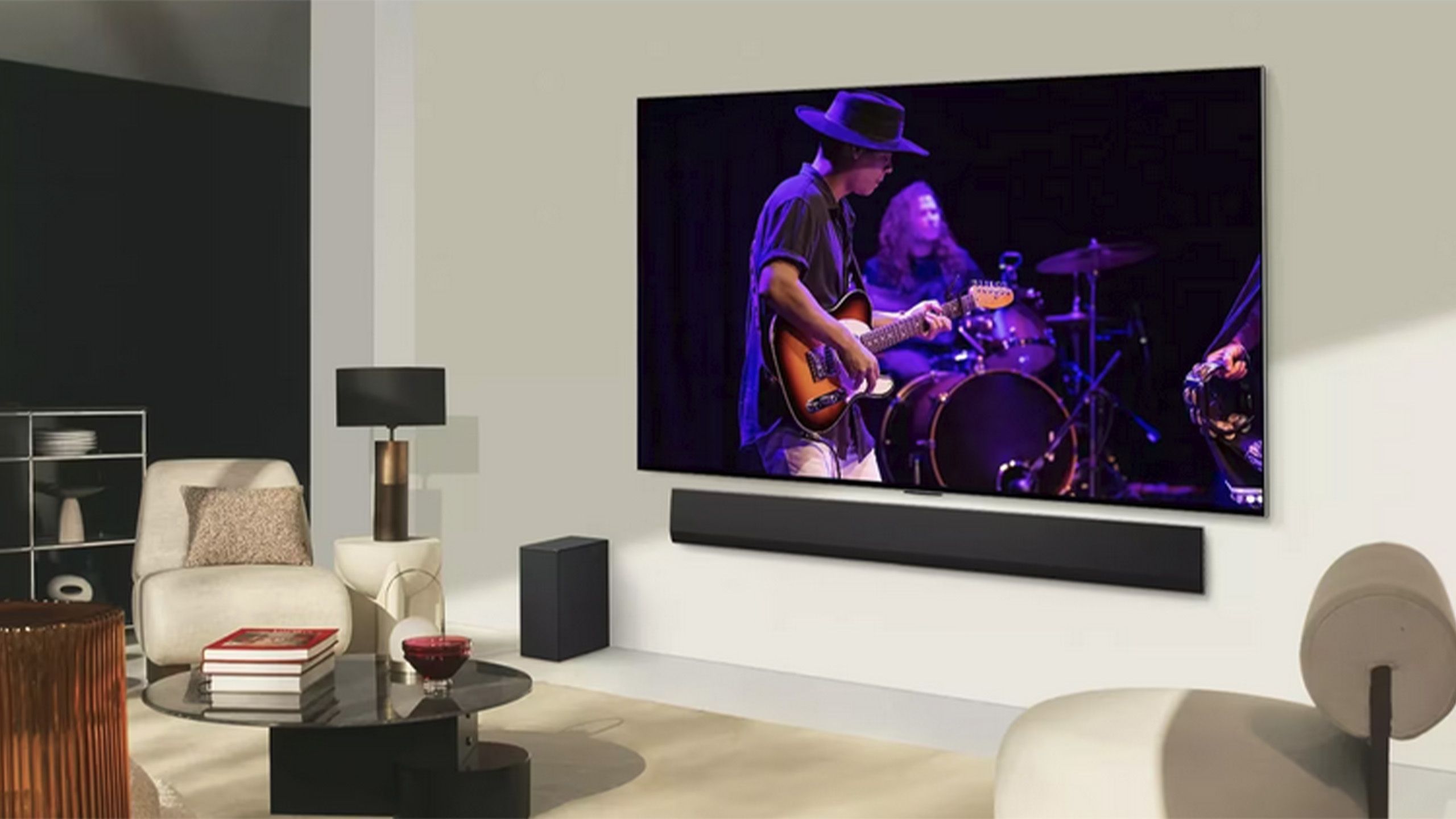Key Takeaways
- Adjust basic settings, starting with bass and treble. Turning down the bass can help with muffled sounds, and upping the treble can improve dialogue.
- Downward-facing speakers could be a problem, so consider where you place your TV — or even possibly mount it.
- You may even want to invest in a home theater system, beginning with a quality soundbar.
TVs have come a long way when it comes to improving sound, and the latest models are actually pretty good at delivering dynamic, faithful sound. Still, they’re not yet optimized for sound for audiophiles like myself. Screens are filled with tiny pixels and lights constructed to produce a faithful, stunning image backed by powerful processors and intuitive smart systems. It is jammed into a frame that is light, compact and, in the case of Samsung, aesthetically pleasing.
All of this is to say that sound simply isn’t a priority. Still, higher-end Smart TVs, particularly those made by Samsung, LG, and Sony, make efforts to ensure the audio isn’t poor. They all encourage a comprehensive home theater setup.
1 Adjust basic settings
It’s somewhat about the bass
The best place to start is with the two basic controls: bass and treble. For older TVs, particularly those with smaller or weaker speakers, turning down the bass is likely to relieve some pressure and do away with any straining or muffled sounds. Increasing the treble, which involves higher frequencies, just a couple notches is likely to improve the clarity of dialogue.

3 reasons to buy a Sony TV over a Samsung TV
I was a Samsung faithful, but Sony’s latest innovations have me second guessing.
Your TV may come with a variety of other settings depending on when it was made, all of which are worth experimenting with if you’re having trouble hearing things properly. The TV may include specific audio modes, like visual modes, that are meant to enhance a type of content, be it movies, sports, or drama. Some TVs, including ones made by Samsung and LG, have an auto volume feature, which essentially boosts quieter sounds while diminishing louder ones (this is a useful feature to deal with commercials that decide to broadcast at a louder volume than the program you’re watching, even though the FCC in the U.S. and CRTC in Canada tried to stop this insufferable practice).
2 Check your TV placement
To mount or not to mount
Take note of where your TV speakers are located: this will inform the best positioning of the TV itself. While mounting a TV saves space and typically improves the viewing experience, it may cause a decrease in audio quality if your TV has downward-facing speakers. Some older-made Smart TVs include speakers in the back panel of the unit, with audio emitting towards the ground. If this is the case, you’ll want to keep your TV on a flat surface to allow the sound to bounce around the room.
Newer Smart TVs are much better at building speakers in and around the frame; these are better suited to mounting, provided the TV is positioned in the center of a wall. This will allow sound to emit evenly in all directions.
3 Decorate appropriately
Some reflections are good, and some not so much
Your TV room’s layout may influence the quality of sound coming from your TV. Admittedly, this is a tip typically used for those looking to set up a high-end, immersive theater experience where focusing on acoustics and the setup of the room will be imperative. And this will likely come with careful planning and some monetary investment.
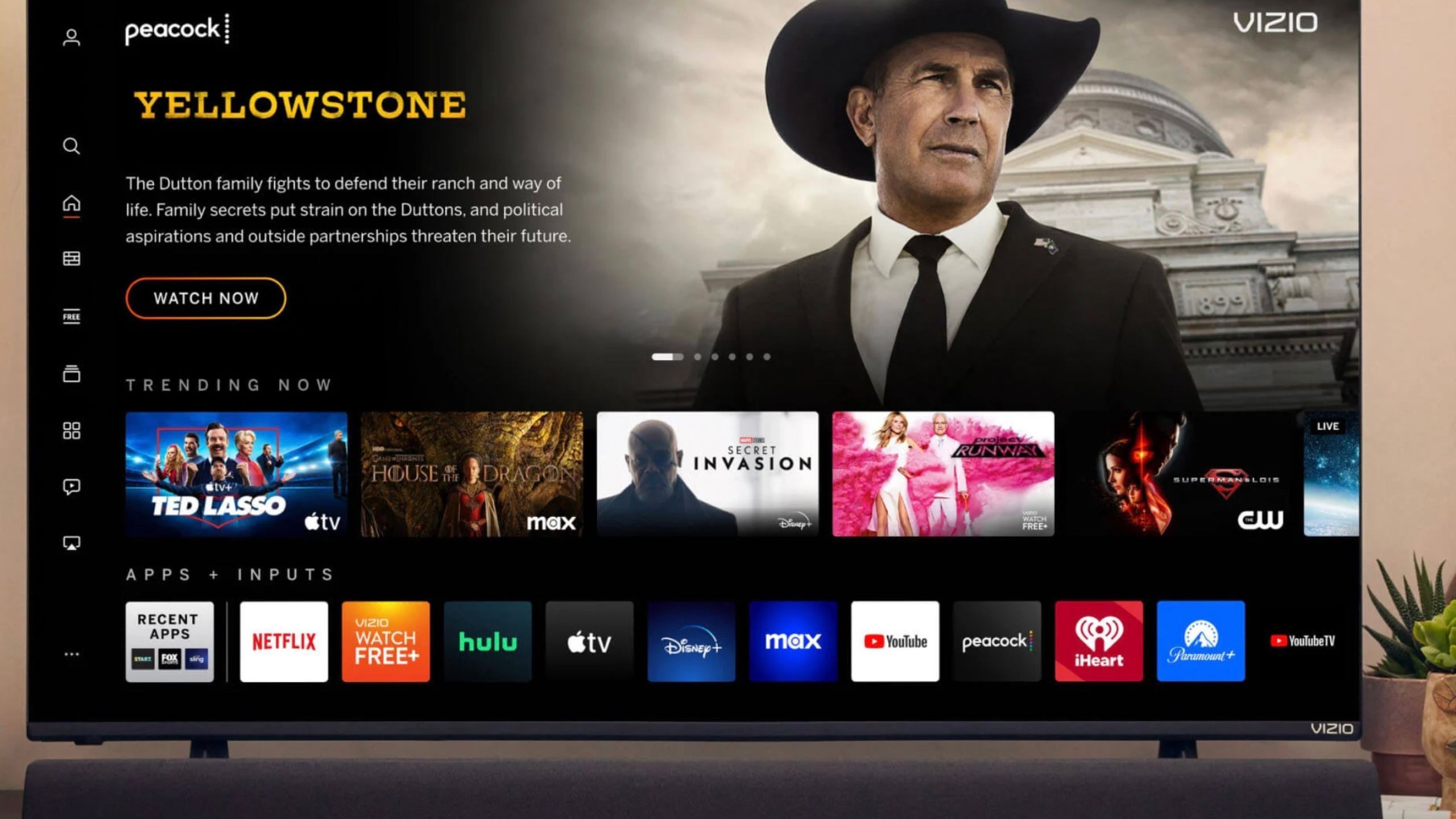
Your Smart TV is spying on you, but there are ways to make it stop
I don’t mind if my TV knows what shows I like, but it’s trying to gather too much information. Here’s how to avoid that.
Still, considering reflective surfaces in your TV room might be worth it for those casual content consumers looking for a quick fix. You want early reflections, like that surface we put under the TV, to allow an immediate bounce of sound to you, the listening. However, you don’t want late reflective, which can be particularly problematic if your TV is set up in a large space or open-concept area of the home. Be mindful of bare walls and floors that will continuously bounce sound, potentially causing problems hearing dialogue. Rugs, carpets, curtains, wall decor, and even houseplants will help muffle late reflections.
The science of sound is complex and nuanced. Keep in mind that throwing a carpet on the ground is only likely to miminally help improve sound quality. Lots of time, effort, and knowledge go into creating a space that optimizes audio.
4 Inspect audio outputs
The solution may be in your home all along
LG
Your TV will have any number of audio output options, any of which could help alleviate any sound issues by connecting devices that produce better sound. HDMI ARC or eARC are the best hubs: these will be found on newer TVs and allow for a more expansive home theater setup.

Best JBL headphones and earbuds: Audiophile approved
Whether searching for a workout mainstay or an ANC powerhouse, these top JBL options promise quality listening.
However, for older TVs, where sound is more likely to be a problem, optical provides the next best sound. If you have an ancient TV, a 3.5mm may be your only hope to improve audio.
Once you’ve noted the output options, whether digital or analog, you can consider what to connect to your TV, whether that’s simple desktop speakers, a Hi-Fi speaker system, or even a handy pair of earbuds.
If your TV connects via Bluetooth (most Smart TVs do), you might find better sound with a portable speaker. You can even create a more immersive experience, albeit a solitary one, with the right pair of headphones.
5 Invest in a home theater system
Create an immersive environment that works for you
LG
The best, and likely most expensive way, to improve your TV’s audio is by circumventing it all together and investing in a quality, comprehensive home theater system. That typically begins with a soundbar, preferably one with three channels (left, right, and center) instead of just two (left and right).
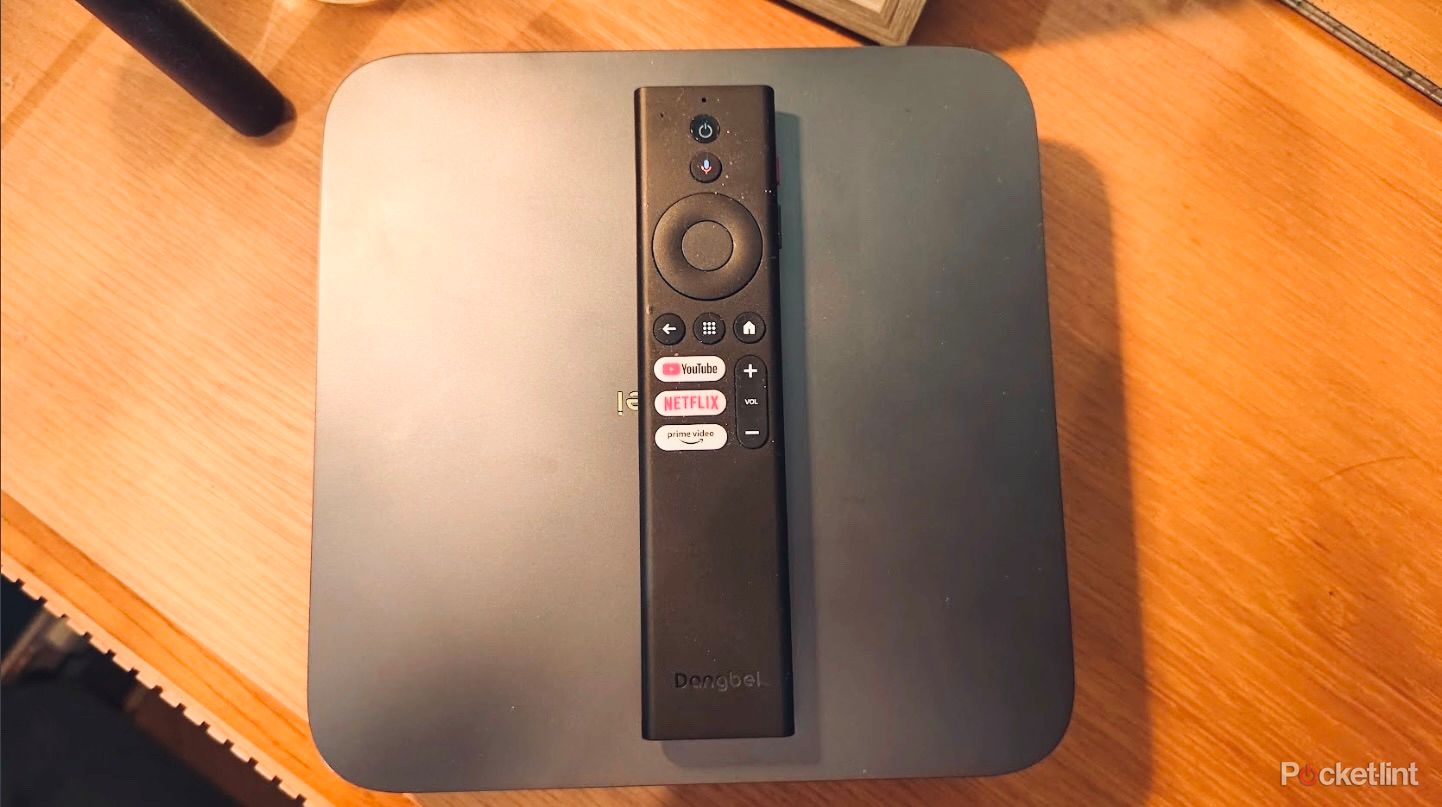
This Dangbei projector gave me an in-home theater experience for under $1K
The Dangbei Atom is a petite projector with Google TV built-in, plenty of lumens, and powerful sound. Especially at $899, I’m impressed.
Companies like Samsung or Sony produce soundbars designed to enhance their respective TVs. Samsung, for example, offers soundbars that utilize certain QLED TV speakers to create a more comprehensive listening experience. The TV speakers and soundbar work in tandem. You don’t need to buy a soundbar from the same company that makes the TV, and in some cases you won’t be able to, but I will admit there is something psychologically satisfying about doing it. They typically come with a separate or built-in subwoofer to produce those all-important low frequencies. Congrats, you’ve now a 3.1-channel speaker system (three speakers + 1 subwoofer).

What is Immersive Audio Model and Formats? How Samsung’s 3D audio differs from Dolby Atmos
Samsung and Google’s joint effort to create an open-source standard of 3D spatial audio, hope to usher in an advanced home audio era.
For some, a soundbar will be enough. It was enough for me, until it wasn’t. Because what’s better than a 3.1-channel system? A 7.1 channel system. Adding a pair of rear speakers, designed to be placed just behind you on the left and the right, will boost this stereo system to five channels, while investing in a pair of surround speakers, placed to the left and right side of the room, will hit seven channels.
Lastly, you can dive in completely and overhaul your home entertainment system by going with a 9.1-channel system, adding two more front speakers. And now you’ve fixed your TV speakers, although you might now have a temporarily problem with your bank account.
Trending Products

Cooler Master MasterBox Q300L Micro-ATX Tower with Magnetic Design Dust Filter, Transparent Acrylic Side Panel…

ASUS TUF Gaming GT301 ZAKU II Edition ATX mid-Tower Compact case with Tempered Glass Side Panel, Honeycomb Front Panel…

ASUS TUF Gaming GT501 Mid-Tower Computer Case for up to EATX Motherboards with USB 3.0 Front Panel Cases GT501/GRY/WITH…

be quiet! Pure Base 500DX Black, Mid Tower ATX case, ARGB, 3 pre-installed Pure Wings 2, BGW37, tempered glass window

ASUS ROG Strix Helios GX601 White Edition RGB Mid-Tower Computer Case for ATX/EATX Motherboards with tempered glass…


